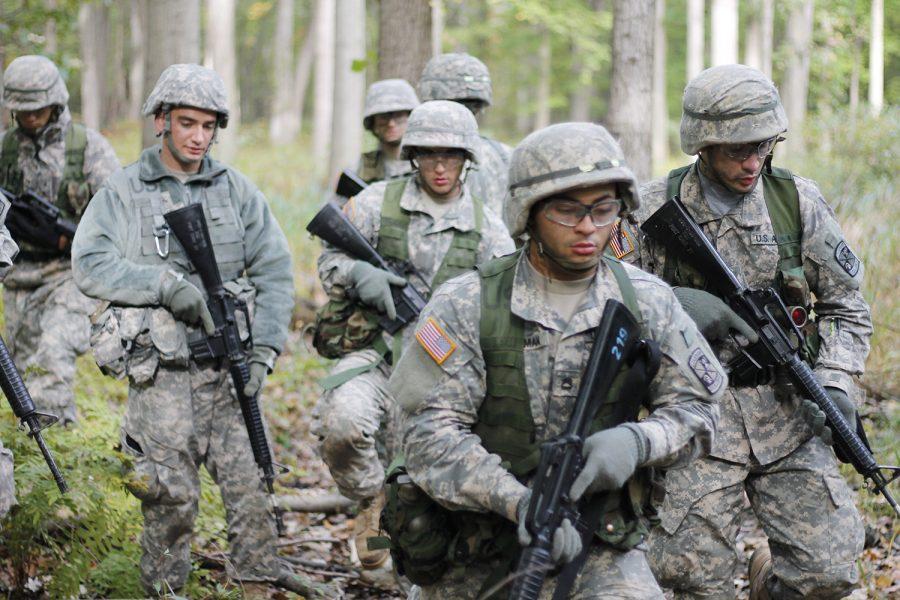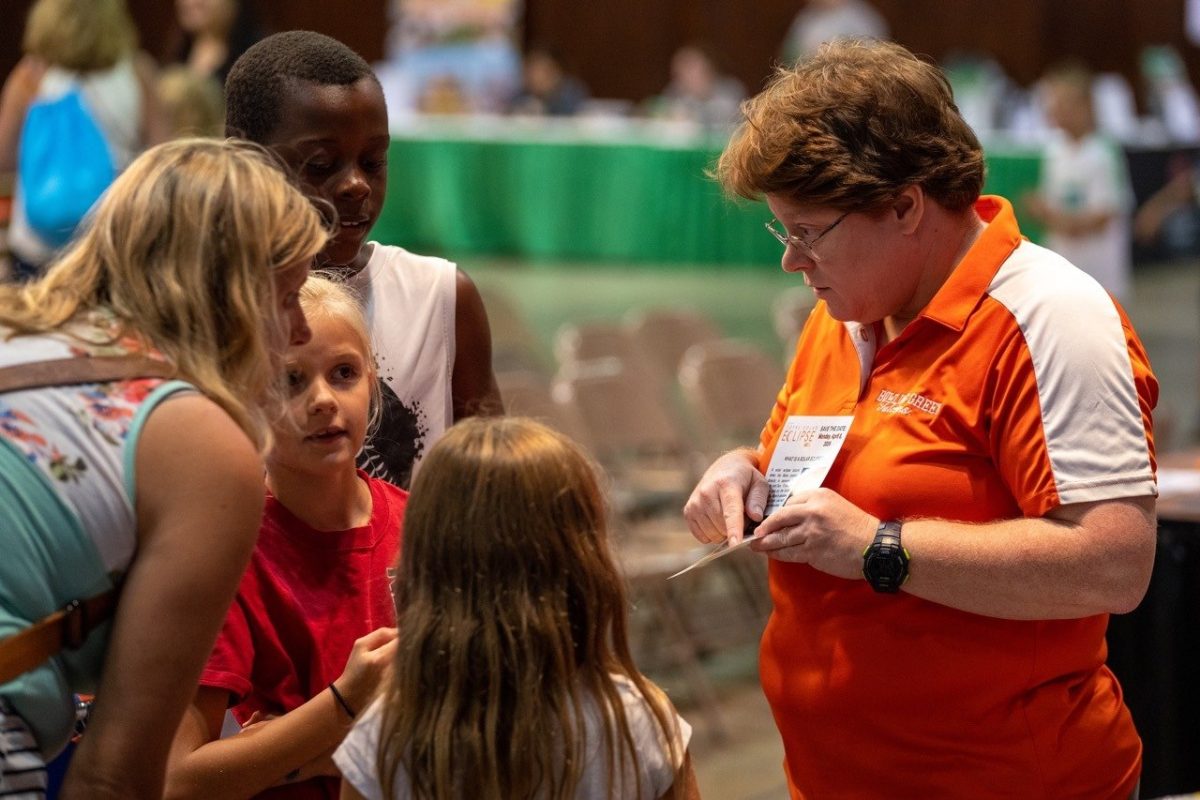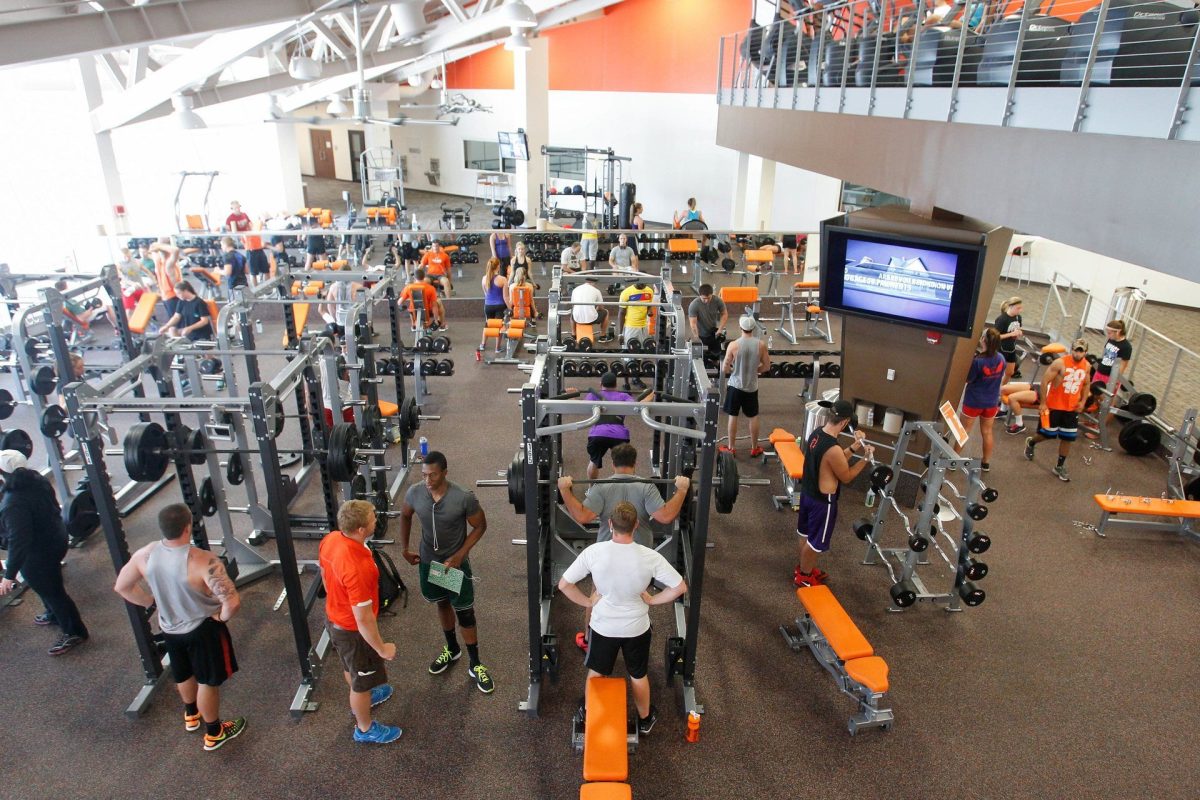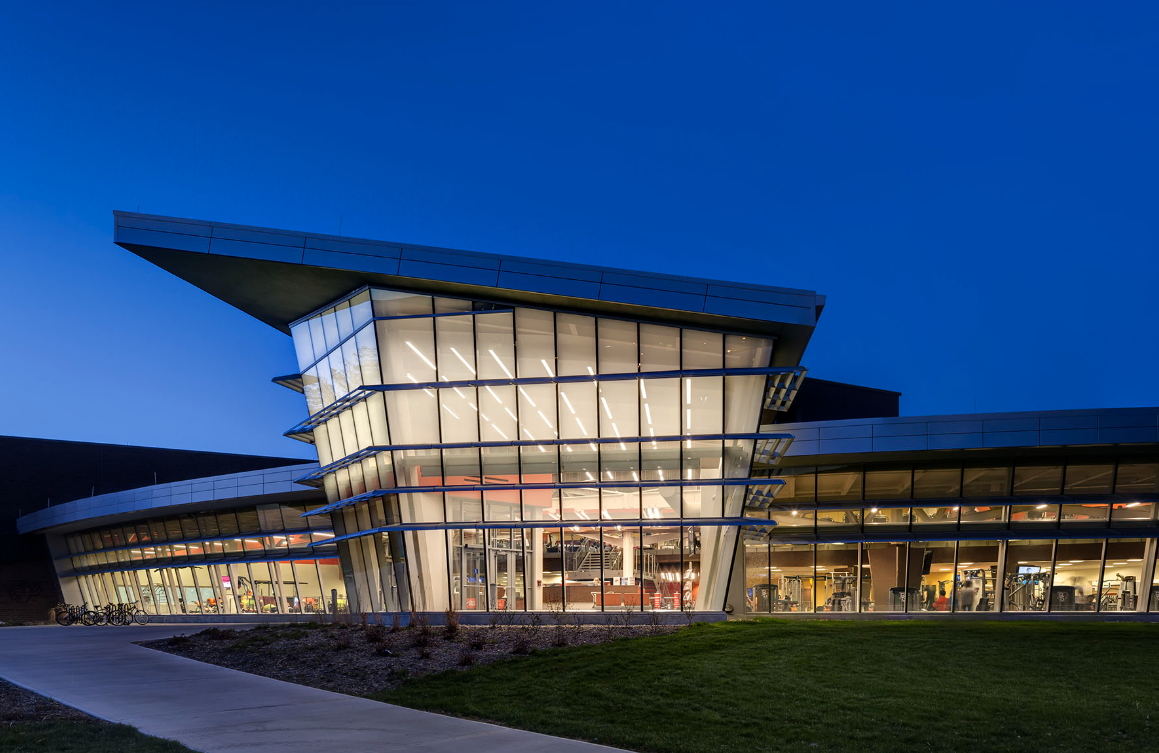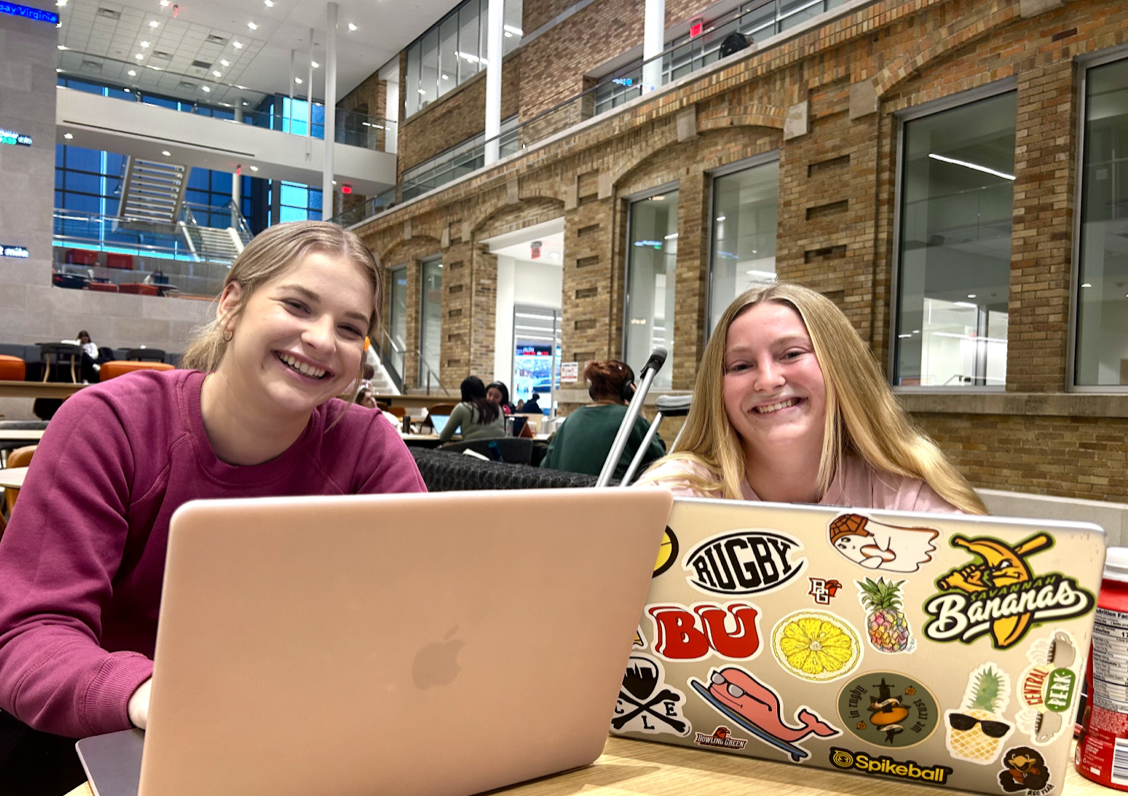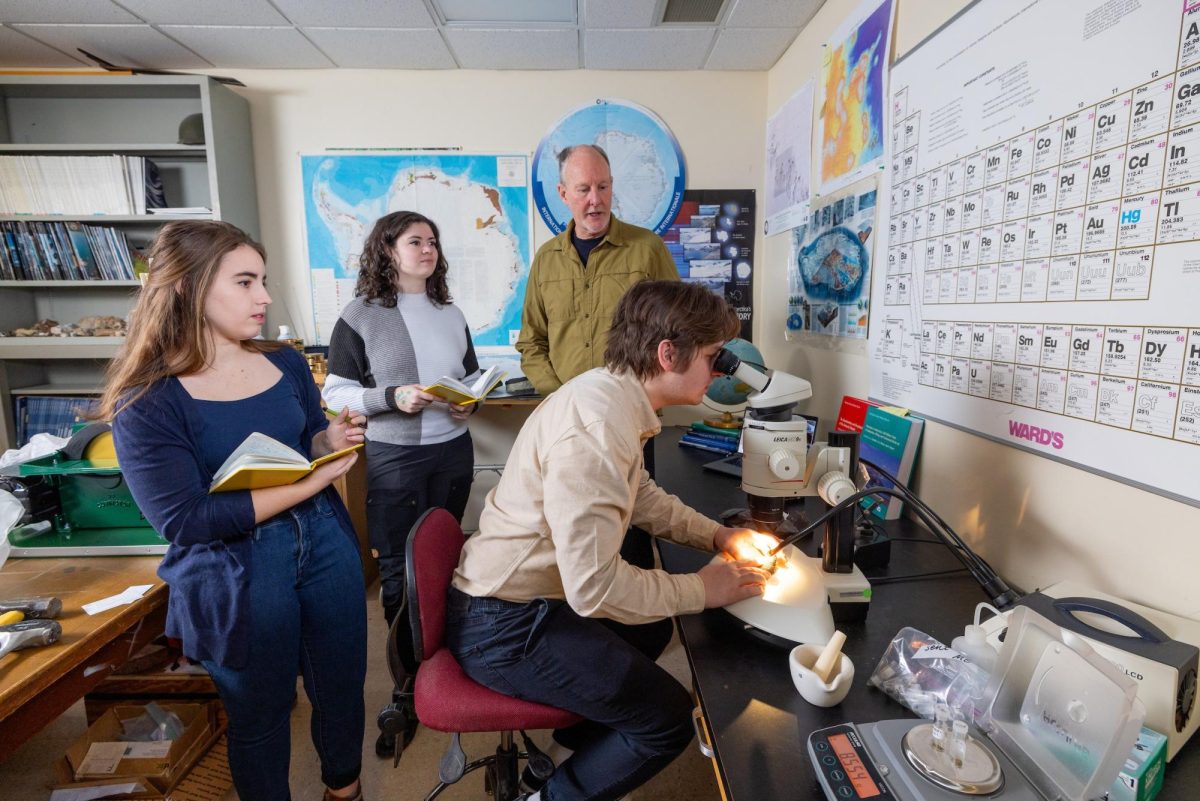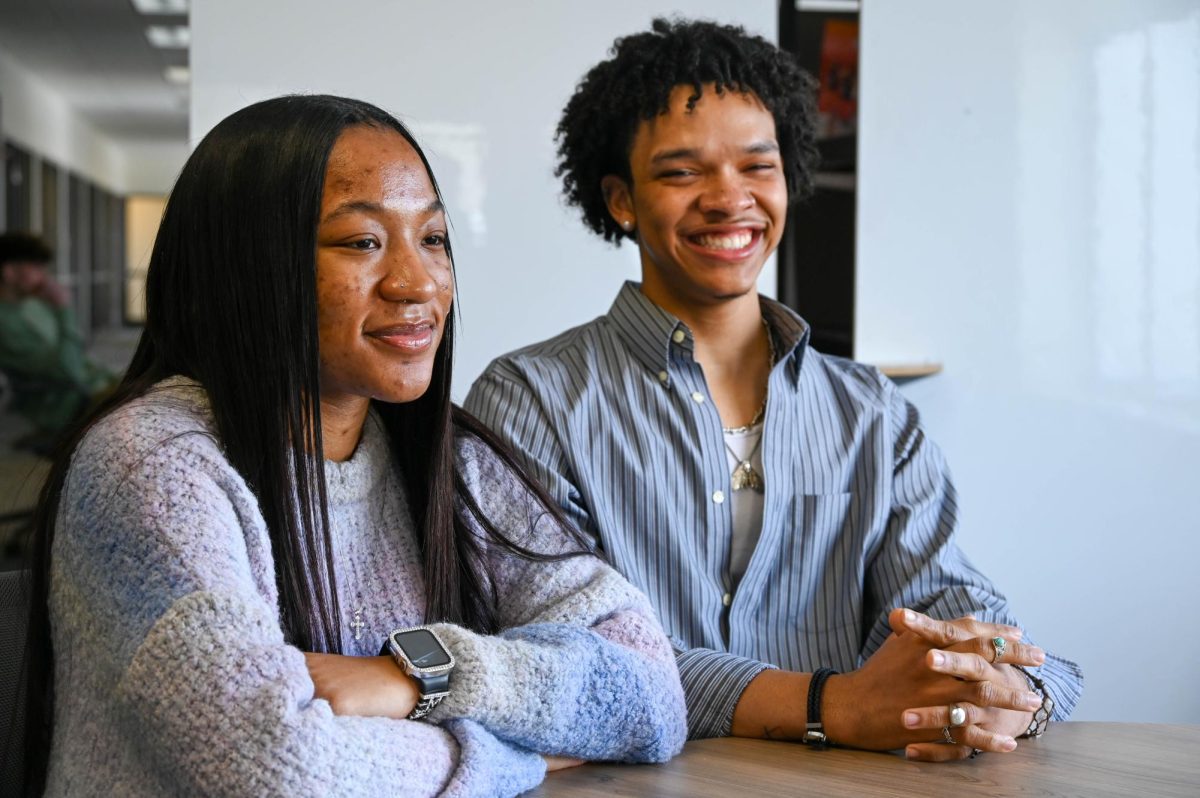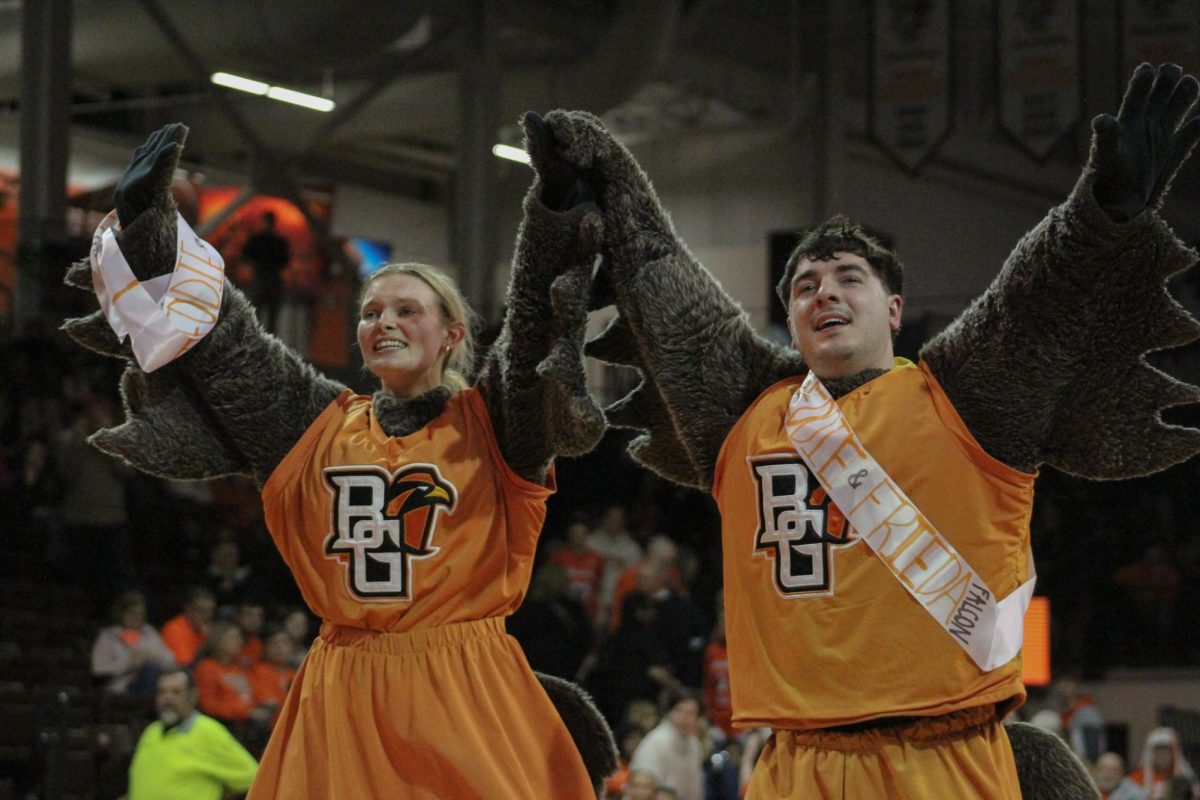University ROTC recruits had the opportunity to put their skills to the test as they navigated Oak Openings Preserve this past Saturday.
The Field Training Exercise was part of the University’s Army ROTC program and one of two FTX events for the year.
“We’re in the business of taking young, responsible Americans and turning them into second lieutenants (in the Army),” said Maj. Joseph Kolczynski, a cadre from the University ROTC.
FTX is open to freshmen, sophomores, juniors and seniors who each participated differently according to their rank. Freshmen are listed as MS1’s; sophomores as MS2’s; juniors are MS3’s; and seniors are MS4’s.
“This (training) is more involved with tactical kind of training,” said Kolczynski, “what Army soldiers would be expected to do on the battlefield.”
During Friday and Saturday, the recruits were required to complete a land navigation test, a five-mile foot march and set up a patrol base during the night. Saturday, the recruits conducted recon and ambush drills.
Teams of freshmen and sophomores trekked through Oak Openings, with the sophomores using this year’s FTX as an opportunity to lead the freshmen in their groups. A marker was at the location to indicate if the recruits had found the correct coordinates. The recruits were expected to find five of eight coordinate locations.
Shane Rowlands, a senior intelligence officer in the ROTC program, said the coordinates are “self-correcting,” so even if a recruit finds the wrong point, they can use that location to orient themselves toward the correct one.
The juniors were required to complete the task by themselves.
“It’s kind of a recap,” said Lucas Earnest, a sophomore Army recruit. “Next year as an MS3 we’ll have to do it on our own, so figuring it out now is…key.”
The training provides an example of real world navigation and tactical situations while also giving the sophomores a chance to showcase their leadership skills.
“(It) helps them to learn what they’re doing, and they can teach others how to do this, so then they can be the people in charge the following years,” said Rowlands.
With 4,000 acres, Oak Openings provided a location where the recruits could put the skills they learned in classes and labs to the test.
David Pfleger, the log technician responsible for the equipment and property of the ROTC program said Oak Openings “gets them out of the campus environments and gives them the skills that they need… (and) gives them confidence.”
There were marked trails in the park, but the land navigation markers did not necessarily coincide with the trails.
The recruits also had to be careful to stay within the preserve’s limits because a section of the preserve was restricted for hunting, something new to Oak Openings this year.
FTX not only give recruits a chance to test themselves, it also prepares the juniors for their upcoming training in Fort Knox, Kentucky.
“The juniors are our prime focus,” said Kolczynski. “They’re getting ready for camp in the summer, so there’s a little bit more responsibility placed on them.”
After the land navigation test concluded at 1 p.m., the recruits completed a five-mile march. This was used to teach the recruits to march as a unit as well as preparing them to march while carrying a full rucksack.
“It trains them how to move tactically through an environment,” said Pfleger, “and…builds their endurance in carrying the rucksack and the weight.”
Pfleger said the rucksacks weigh about 35 pounds with all the equipment.
Recruits were required to pack their rucksacks with whatever may have been needed for the overnight trip, including inclement weather, with extra clothes, rain gear, sleeping bags and MRE’s, or meals ready-to-eat.
While it was overnight training, the recruits did not sleep the whole night.
They took turns sleeping and standing guard to secure the base from “bad guys” said Kolczynski.
“For (the recruits) to develop and become good second lieutenants they need to learn how to…stay in uncomfortable situations,” said Kolczynski. “They need to be able to overcome any kind of fears they would have.”


